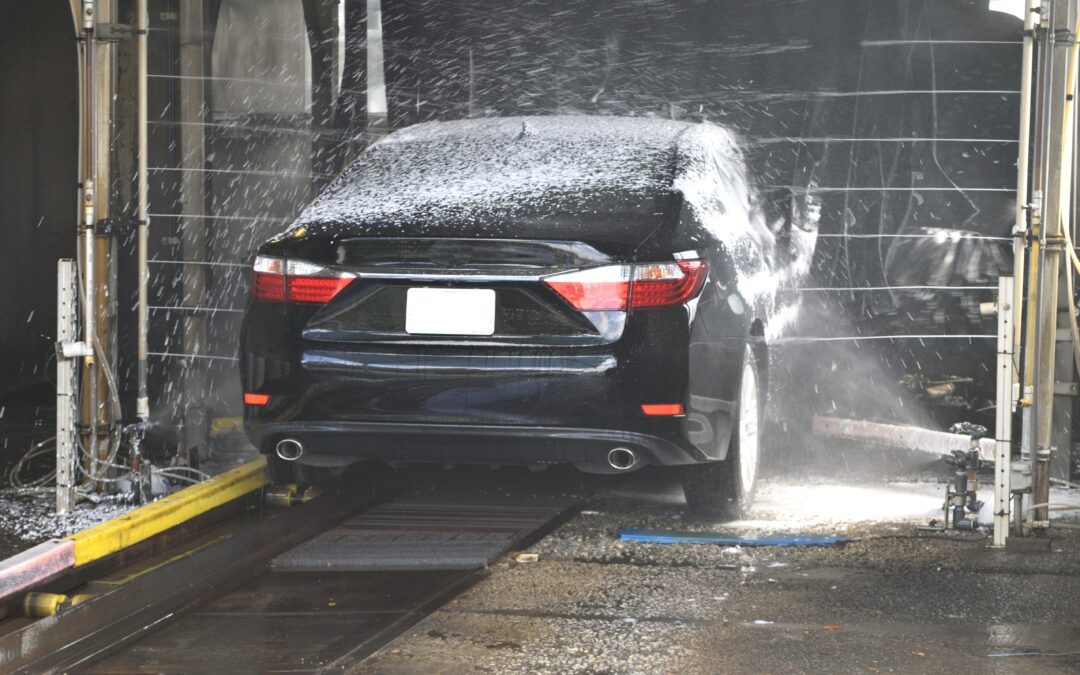It is about that time when you want to have your car looking and running great for the summer season.
It all starts with a good cleaning. Regular maintenance is key to a smoothly operating vehicle, and it all begins with a thorough car wash.
Many car owners think that maintenance is all about the engine, keeping it running at an optimal level. While this aspect is extremely important, it is also essential to maintain the exterior of your vehicle, to protect it from environmental elements.
A full car cleaning should end with a comprehensive application of quality wax to protect the paint.
The paint job on your car’s exterior is not only about appearance, it also serves a practical purpose. That purpose is to protect the body of your vehicle from rust and corrosion.
How does rust start?
Rust is formed when metal combines with moisture and oxygen for an extended period of time.
The paint on your car is to protect the metal, and prevent it from being exposed to moisture.
This is an effective approach, as long as your paint job is also protected. Chips and scratches in the paint can happen very easily without the right safeguard measures in place.
An errant stone coming off the road is all it takes for rust to form on your car. Once rust is established it can be managed and maintained, but not reversed.
How does wax help protect the exterior of the vehicle?
Wax acts an additional layer of protection between the paint and the outside world. It helps reduce the risk of chips and nicks in the paint that reach down to the metal frame.
Recommended Frequency for Car Wax
The next step is to determine just how often you should have your vehicle waxed to provide optimal protection.
The frequency can vary depending on the type of vehicle, regular driving conditions, and the level of dedication to maintenance of the owner.
Realistically, for the best protection, you should have your car waxed every 3 months or so. That is only 4 times a year to provide additional protection for your vehicle.
If you prefer to play it by ear, there are a couple easy tests you can administer to see if your car could do with a wax.
Water Test
The water test is performed by pouring water over a painted surface on your vehicle. You are looking for one of two results:
If the water beads up on the surface, then the wax is still offering protection to the paint.
If the water gathers in sheets, or just slides straight off the car, then the wax is no longer effective and needs to be reapplied.
Touch Test
The touch test involves running your finger over your car’s finish. Does it feel coarse or grainy? If so, it is likely time for a waxing session.
Advantages of Routine Wax Application
There are several benefits to having your car cleaned and waxed by a professional on a regular basis.
A few of the best advantages, are:
- Protection against chips in the paint
- Protection from contamination
- Visual appeal
Chip Protection
One of the greatest risks to vehicle health is rust formation from a chip in the paint.
Sealing off the paint from potential road hazards is smart preventative maintenance.
Regular waxing offers a smooth finish and a barrier between the car’s finish and dangerous debris.
Avoid Contamination
It is almost impossible to stop dirt and grime from accumulating on your vehicle’s exterior. However, when dirt clings to unprotected paint it can have lasting consequences.
For example, when you clean a car that has a layer of wax under the grime, then the filth washes right off. If there is no layer of protection, then there is the potential for dirt and sand to scratch the paint during the cleaning process.
Visual Appeal
This on is fairly straight forward, a regularly waxed exterior looks fantastic!.


